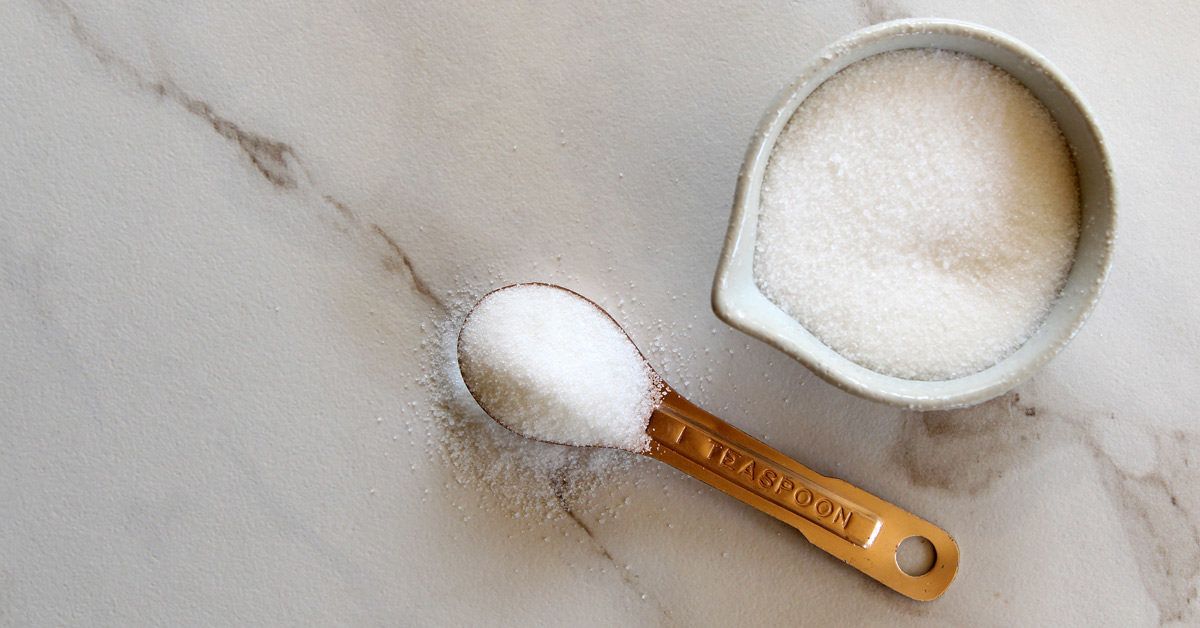A key factor in the beet sugar vs cane sugar debate is how each kind impacts baking.
A key factor in the beet sugar vs cane sugar debate is how each kind impacts baking.
Blog Article
Discover the Uses and Advantages of Beet Sugar Vs Cane Sugar in Your Daily Diet Regimen
Discovering the distinct high qualities of beet and cane sugar discloses more than just their sweetening abilities; it highlights their special influences on health and cookeries. Beet sugar, understood for its refined taste, is often favored in delicate treats, whereas cane sugar, with its tip of molasses, includes splendor to durable recipes. Each kind holds its own nutritional profile and glycemic implications, inviting a much deeper understanding of their duties in a well balanced diet regimen and lasting intake techniques.
Beginning and Manufacturing Procedures of Beet and Cane Sugar

The unique climates and dirt kinds required for growing sugar beetroots and sugarcane add to differences in their farming techniques and geographic distribution, influencing the business economics and sustainability of their manufacturing. beet sugar vs cane sugar.
Nutritional Contrast Between Beet Sugar and Cane Sugar
Despite stemming from different plants, beet sugar and cane sugar are nutritionally really comparable, both largely including sucrose. Each provides concerning 4 calories per gram, translating to about 16 calories per teaspoon. Structurally, both sugars are made up of around 99.95% sucrose, with very little amounts of other substances like dampness and trace element, which do not significantly alter their dietary accounts.

Ultimately, when selecting between beet sugar and cane sugar based on dietary material alone, both offer similar advantages and disadvantages as they are basically types of the very same molecule-- sucrose, giving fast energy without other nutrients.
Influence on Health: Glycemic Index and Caloric Content
Checking out further into the official statement effects of beet sugar and cane sugar on health, it is vital to consider their glycemic index and calorie material. The glycemic index (GI) of both beet and cane sugar is around 65, categorizing them as high-GI foods, which can create quick spikes in blood glucose degrees.
Each kind of sugar contains about 4 calories per gram, making their caloric web content equivalent. For those monitoring caloric consumption, specifically when managing weight or metabolic health conditions, recognizing this equivalence is vital (beet sugar vs cane sugar). Nonetheless, too much usage of any kind of high-calorie, high-GI food can add to wellness issues such as excessive weight, heart condition, and insulin resistance.
Environmental and Economic Factors To Consider of Sugar Manufacturing
Beyond wellness impacts, the production of beet and cane sugar also elevates substantial ecological and economic concerns. Sugar beet cultivation tends to require cooler climates and has a lower geographical impact contrasted to sugar cane, which thrives in tropical regions.
Furthermore, the usage of chemicals and plant foods in both beet and cane sugar growing can result in dirt destruction and contamination, more impacting biodiversity and neighborhood water bodies check over here (beet sugar vs cane sugar). The choice between cultivating sugar beet or cane commonly hinges on local ecological conditions and financial variables, making the sustainability of sugar production a complicated issue
Culinary Applications and Taste Distinctions
While the ecological and economic facets of sugar production are without a doubt significant, the choice in between beet and cane sugar also influences cooking applications and taste accounts. Beet sugar, acquired from the sugar beet plant, is recognized for its incredibly neutral preference. This makes it a flexible ingredient in baking, where it does not change the flavor of other components. It dissolves rapidly and is suitable for use in cakes, cookies, and breads.
Cane sugar, drawn out from click for info sugarcane, frequently retains molasses traces, which give an unique richness and deepness. The minor variation in wetness web content between beet and cane sugar can impact the appearance and consistency of meals, making cane sugar a preferred option for certain dishes that benefit from its special residential or commercial properties.

Final Thought
To conclude, both beet and cane sugar have distinctive beginnings and manufacturing processes, offering similar nutritional accounts with slight distinctions in sodium material and flavor. While their effect on wellness, specifically regarding glycemic index and calories, is similar, the choice in between them frequently boils down to ecological, financial variables, and details culinary needs. Recognizing these facets can guide customers in making informed choices that line up with their health and wellness objectives and taste preferences.
Report this page